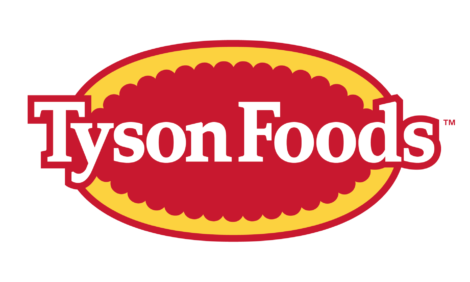



Dairy Cattle Numbers Dip Again, Beef Cattle Numbers Up
NEW ZEALAND - The number of dairy cattle has dipped for the second year, while beef cattle numbers increased strongly in 2018, Stats NZ said today.Provisional figures from the 2018 agricultural production census showed dairy cattle numbers fell 1 percent, to 6.4 million in June 2018.
"This followed a similar small dip in 2017, though overall dairy cattle numbers have been relatively steady since 2012," agricultural production statistics manager Stuart Pitts said.
Total dairy cattle were at their highest level in 2014 at 6.7 million.
"Dairy products are a huge export for New Zealand. The value of milk powder, butter, and cheese exports for the year ended June 2018 was 14.1 billion."
Beef cattle numbers rose for the second year in a row, up 5 percent to 3.8 million in 2018.
Total sheep numbers eased again in 2018, down 1 percent to 27.3 million.
"Sheep numbers have fallen in 10 of the past 12 years, in total down about 12.8 million from about 40.1 million in 2006," Mr Pitts said.
"New Zealand now has 5.6 sheep for every person, after peaking at 22 sheep for every person in 1982."
Stock units decline since 1990
A large fall in sheep and beef cattle numbers since 1990 means overall stock units have fallen in the past 28 years, despite a rise in dairy cattle numbers.
A ‘stock unit’ means different types of animals can be compared, based on the food they eat and how much they weigh.
The stock unit is based on the annual feed needed for a 55kg ewe rearing a single lamb.
A dairy cow is the equivalent of about seven ewes, so is counted as seven stock units, compared with just one stock unit for a ewe.
In 1990 there were 100 million stock units in total, more than half of those sheep, with most of the rest in beef and dairy cattle. Deer make up a small part of the total.
By 2004, total stock unit numbers fell to 94 million and in 2018 that was down to 86 million.
"The large drop in stock units since 1990 mainly reflects a halving in sheep numbers, down from 53 million stock units to 25 million," Mr Pitts said.
"In the same period, dairy stock units almost doubled to 41 million. By 2018 dairy cattle made up almost half of all livestock units."
The Ministry for Primary Industries’ latest report, updated 11 January 2019, showed that about 52,000 dairy cattle have been culled as part of the response to Mycoplasma bovis.
For further information on these statistics, please click here.
TheCattleSite News Desk


